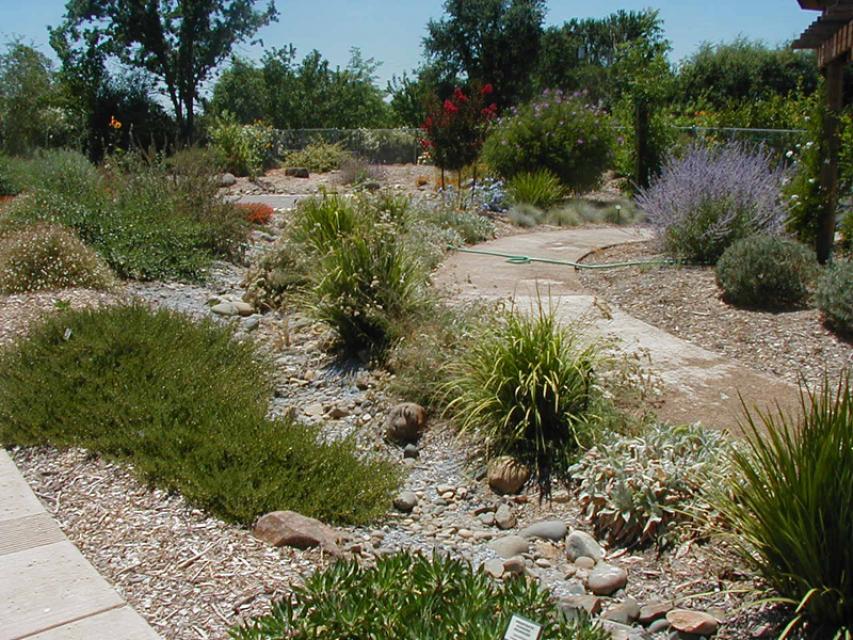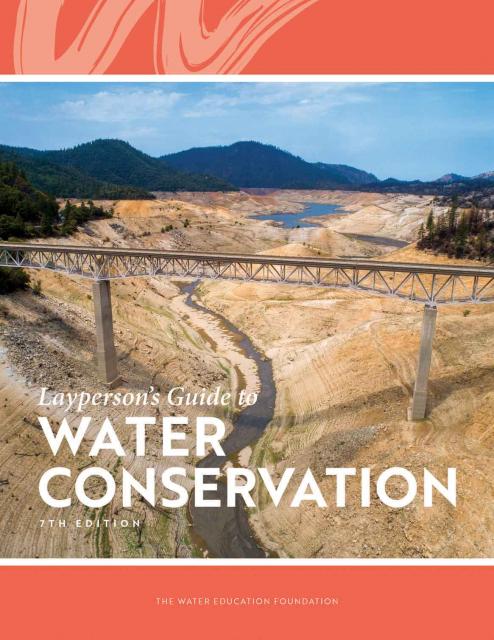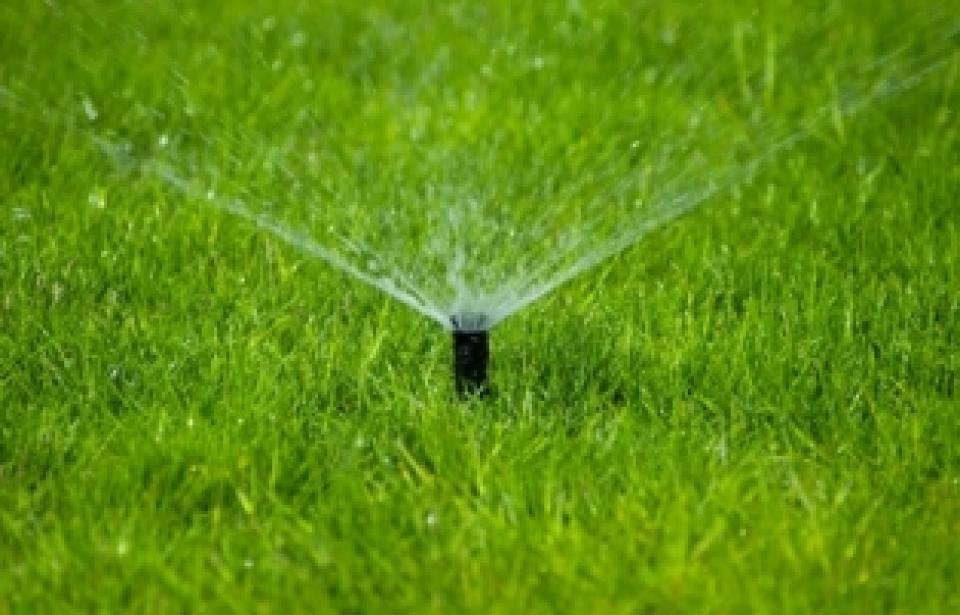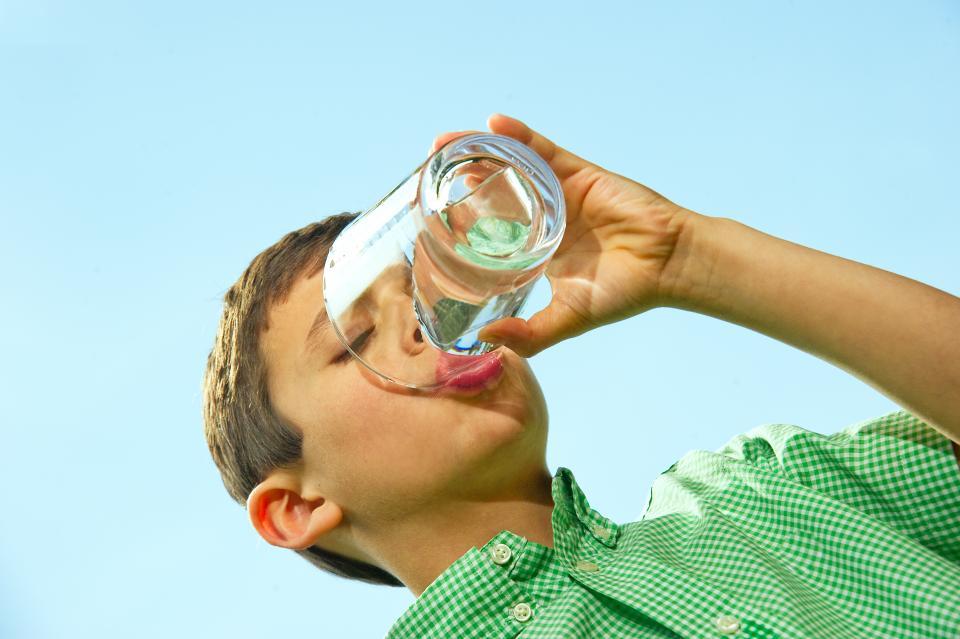Water Conservation
Water conservation has become a way of life throughout the West with a growing recognition that water supply is not unlimited.
Drought is the most common motivator of increased water conservation. However, the gradual drying of the West due to climate change means the amount of fresh water available for drinking, irrigation, industry and other uses must be used as efficiently as possible.
As the demand for water increases, officials recognize that greater progress is needed in water conservation as a critical part of the overall strategy for managing water resources efficiently. Cities, for instance, use about the same amount of applied water today as they did decades ago but can still accommodate population growth.
Initiatives
Higher water rates brought on by past droughts have encouraged more efficient water use practices by urban and industrial users. Wide fluctuations in water deliveries and availability to agricultural customers have forced farmers to find new ways to manage their supplies.
Urban water agencies are also realizing the economic benefits of water conservation. Water can be procured through conservation at a much lower cost per acre-foot than purchasing that same water in the marketplace. And conserving now can mean delaying into the future costly new expansion facilities for both drinking water supply and wastewater treatment—and that delay means millions of dollars in savings.
The California Department of Water Resources’ 2018 Water Plan Update projects an increase in urban water demand of as much as 7 million acre-feet per year by 2050, depending on population growth. During the same period, agricultural water demand is expected to decrease by 2 to 6 million acre-feet.
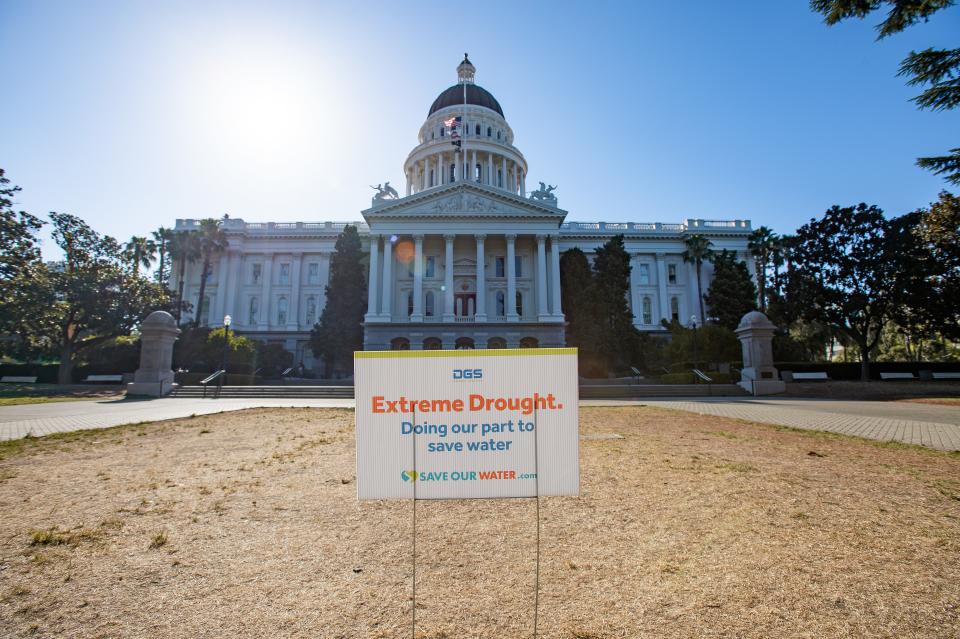 At the same time, improving
conservation and water-use efficiency, along with shifts in
agriculture to permanent crops like nuts, will make it more
difficult to reduce water use during droughts and periods of low
supply, also known as “demand hardening,” according to the water
plan update.
At the same time, improving
conservation and water-use efficiency, along with shifts in
agriculture to permanent crops like nuts, will make it more
difficult to reduce water use during droughts and periods of low
supply, also known as “demand hardening,” according to the water
plan update.
For homeowners, water conservation might mean replacing thirsty lawns with more drought-tolerant landscaping.
For businesses, it means assessing the water needs of industrial processes and looking for ways to reduce water use. For farmers, it means understanding the water needs of the crops they’ve chosen to cultivate and using irrigation practices that meet those needs.
Facing and Hotter and Drier Future
As the West becomes drier and warmer, accelerating the rate of water conservation assumes greater importance.
There are ongoing discussions regarding whether new storage capacity is needed to boost the state’s water system. And water districts have undertaken alternative ways to meet growing water demands, such as water marketing and water transfers, urban water conservation programs and increased reliance on groundwater banking and conjunctive use.
Technology such as variable-speed pumps and smart meters are also helping, researchers say. Farmers counter that there is still a need for more water storage and infrastructure.
Through the years, the Legislature has promoted water use efficiency through measures that required the installation of high-efficiency indoor plumbing appliances, provided financial incentives to utilities that implemented best management practices and spurred regulations for water efficiency and conservation standards for new residential and non-residential buildings.
Californians have collectively responded to the message of smart water use by exceeding goals for reduced per capita use.
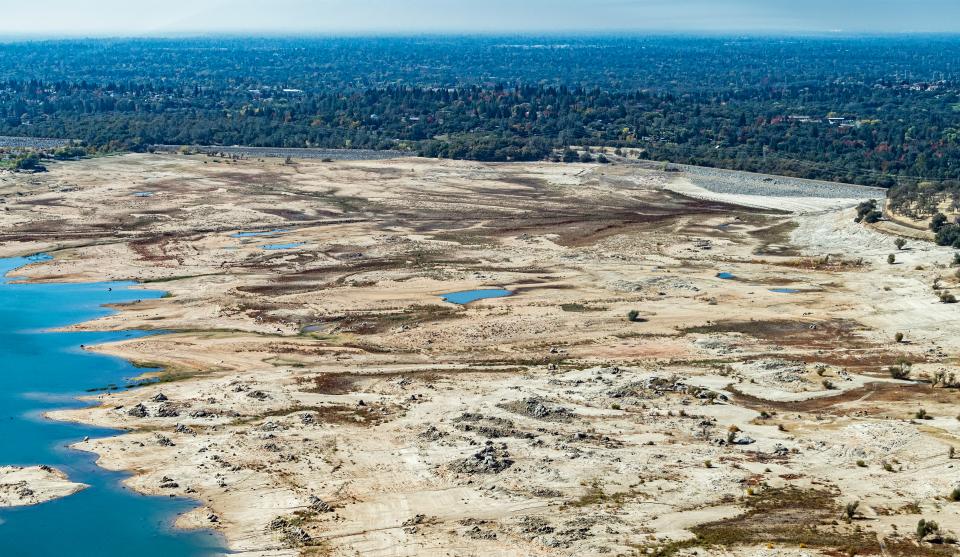 Two laws enacted in 2018 set
targets for indoor and outdoor water consumption. The laws give
California’s 400-plus urban retail water suppliers more
flexibility than the strict cuts mandated during the 2012 to 2016
drought and allow state regulators to assess thousands of dollars
in fines against jurisdictions that do not meet the goals.
Two laws enacted in 2018 set
targets for indoor and outdoor water consumption. The laws give
California’s 400-plus urban retail water suppliers more
flexibility than the strict cuts mandated during the 2012 to 2016
drought and allow state regulators to assess thousands of dollars
in fines against jurisdictions that do not meet the goals.
The laws set an initial limit for indoor water use of 55 gallons per person a day in 2022, gradually dropping to 50 gallons per person by 2030.
During the 2022 drought, the State Water Resources Control Board adopted emergency drought regulations that banned the use of drinking water to irrigate decorative grass outside most businesses and institutions, along streets, and in most common areas of homeowners associations. Assembly Bill 1572, enacted in 2023, made the water-saving measure permanent.
Also in 2023, the state water board proposed rules implementing the 2018 urban water conservation legislation. The regulations to make “water conservation a California way of life” mandated cuts in water use among more than 400 cities and water agencies that supply the vast majority of Californians.
The implementation plan was strongly opposed, with water agencies arguing the large proposed cuts in water use between 2025 and 2035 would be too costly and difficult to implement. The nonpartisan Legislative Analyst’s Office echoed the criticism in a review of the proposal.
In response, the water board in March 2024 changed the rules to give water providers more years and flexibility to comply. Conservation advocates said the revisions undercut the urgency of preparing for longer and more severe droughts in the changing climate.
Updated July 2025





